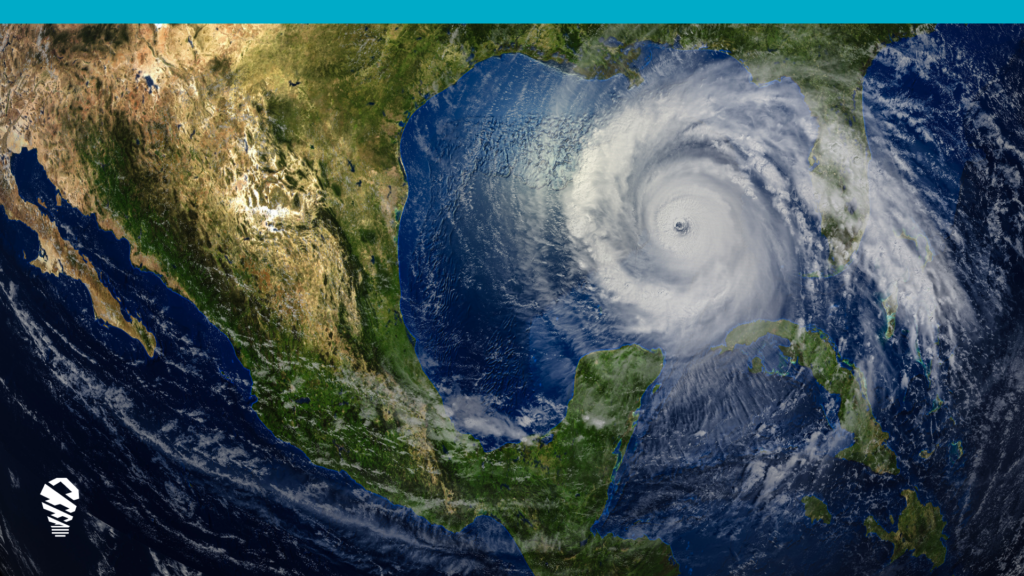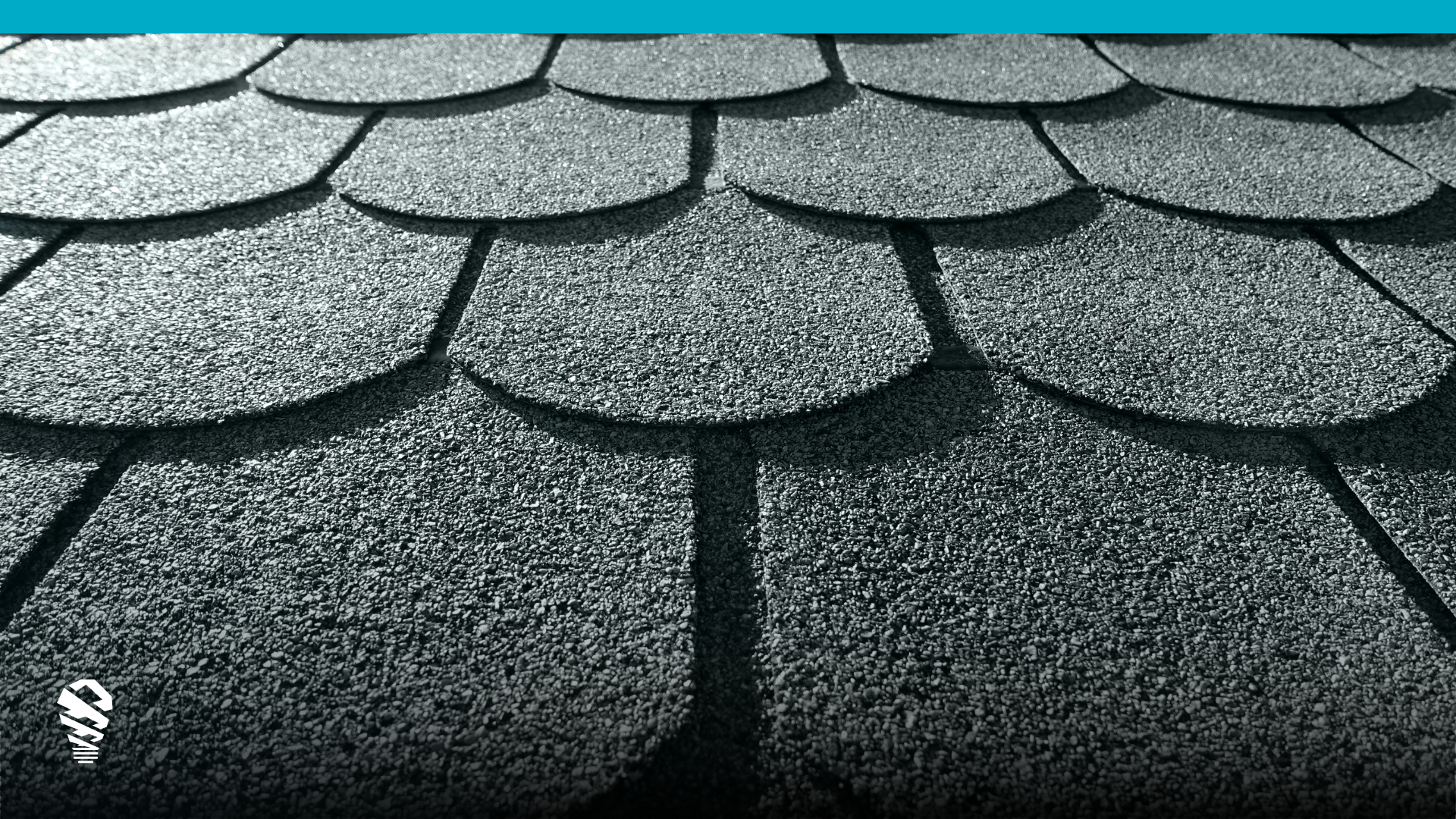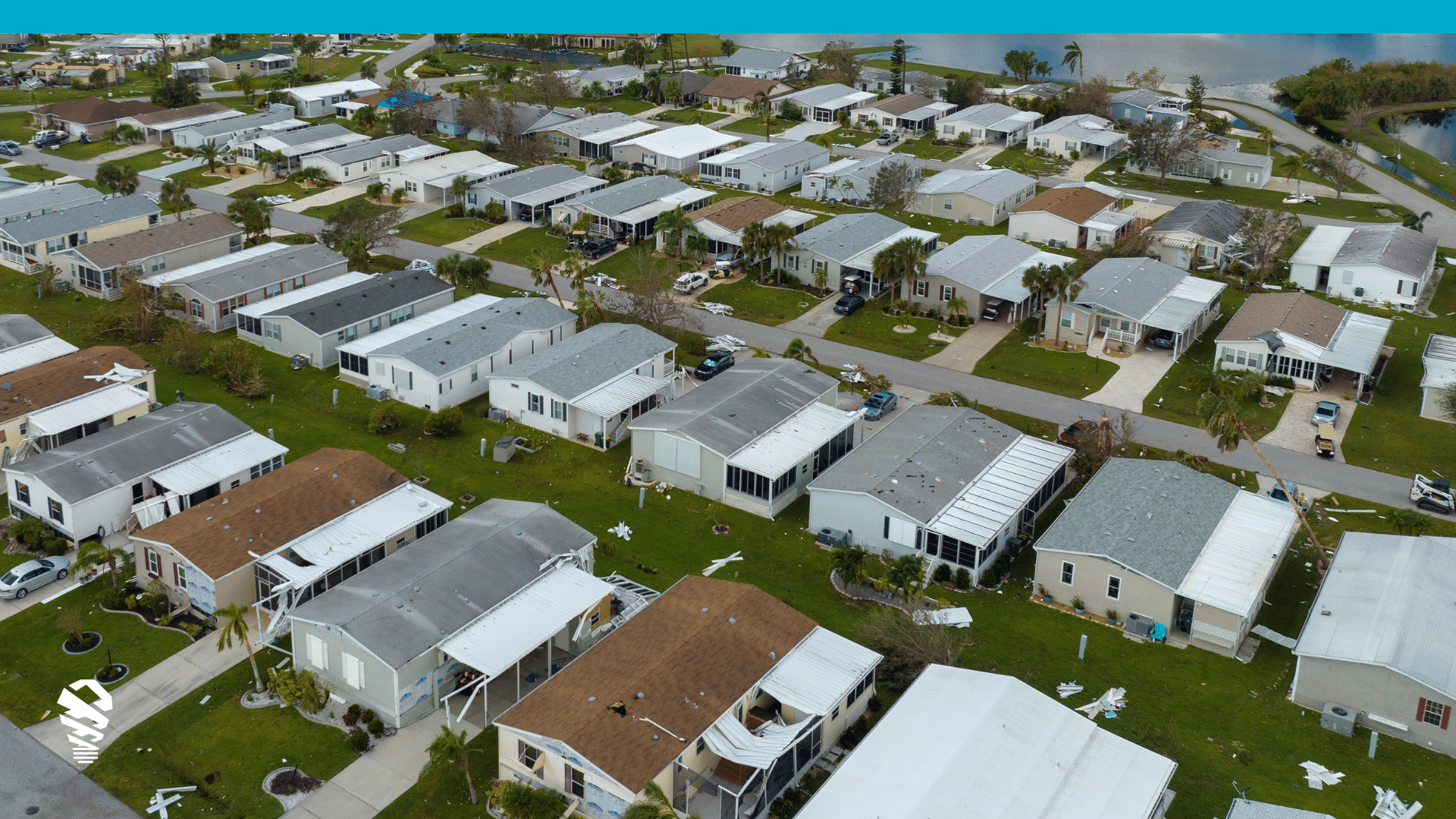In roofing, business success isn’t about shingles, and nails; it’s about insight and getting a leg up in your market. From wind-whipped shingles to hail-dented metal, the elements dictate a roof’s fate. If you’re a roofer who’s not using historical weather data, you’re leaving a powerful tool on the table. And if you’re using IMGING—the leading drone roof inspection platform—you have access to historical weather data you may not be using.
Here’s the deal: integrating historical weather data into your inspection routine is about standing out from the competition, winning customer trust, and validating your claims (pun intended) to insurance companies. In this guide, we’ll break down how you can turn historical weather reports into a profit-generating asset that enhances every corner of your business.
Why Historical Weather Data is Non-Negotiable for Roofers
No roof exists in a vacuum—it’s a battlefield on the most exposed part of a building where the sun, wind, snow, and rain all take their toll. If you’re not taking weather history into account, you’re missing the full story. Every leak, creased shingle, and soft spot could be linked to an event in the past. The faster you get to the root of that story, the more efficiently you can solve problems and tell the proper story to the property owner and their insurance carrier.
This is where historical weather data steps in. It gives you the full narrative, allowing you to trace the timeline of damage and make smarter decisions. Now, when you combine that data with inspection tech like IMGING, you’re able to offer inspections with pinpoint accuracy, produce rock-solid evidence for insurance claims, and target homes with preventive maintenance programs.
Here’s how it works—and why it’s essential.
1. More Accurate Damage Assessments
Ever walked a roof and spotted damage but couldn’t quite nail down when or how it happened? You could hazard a guess—or you could turn to historical weather reports and get the exact date of the last hailstorm or wind event. That’s power. And that’s what historical weather data gives you.
When you layer that data onto the high-res imagery from IMGING’s drones, you’re not just identifying damage—you’re backing it up with hard facts. The shingles are worn? Yeah, well, that’s because there was a storm with 60 mph winds last July. That dent? Hail, from the storm two months ago. This isn’t guesswork. It’s evidence, and it builds credibility with your clients.
With IMGING, you can overlay this weather data directly on top of your drone images. That means you’re looking at a real-time, bird’s-eye view of the roof, with the historical weather timeline right there to back up your findings. You become the expert, the authority figure who brings both tech and insight into the conversation.
2. Streamlining Insurance Claims
Here’s where historical weather data really flexes its muscle: insurance claims. If you’ve ever dealt with insurance companies, then you know they’re all about documentation. And nothing speaks louder than verifiable data that shows exactly when damage occurred.
Let’s say a client files a claim for roof damage, claiming a recent storm was to blame. You run the inspection with IMGING, overlay the historical weather data, and—bam—there’s your proof. The damage aligns perfectly with a storm that hit two weeks ago, and the report is undeniable. Not only does this speed up the claims process, but it also cements your reputation while reducing additional requests for documentation.
For roofers working catastrophe duty, where speed and accuracy are essential, this is gold. You can perform more inspections, file claims faster, and keep insurance adjusters on your side. That means more work in less time, all while maintaining quality.
3. Marketing Opportunities You Didn’t Know You Had
A common challenges contractors face is reaching the right customers at the right time. Historical weather data solves that problem. Areas hit hard by recent storms are ripe for targeted marketing – not storm chasing, just targeted marketing. With IMGING, you don’t have to wait for customers to call you.
Here’s how it works: You pull up weather data from the last few months, identify the neighborhoods that were most impacted by severe weather, and offer proactive roof inspections. Not only are you providing a valuable service, but you’re also positioning yourself as the go-to expert in the area. Homeowners aren’t left wondering if they need repairs—you’ve already given them the evidence.
This approach isn’t just smart marketing; it’s lead generation with a purpose. And when paired with IMGING’s data, you’ve got an irresistible pitch: quick, non-invasive inspections backed by real-time weather insights.
4. Delivering Tailored Solutions Based on Local Weather Patterns
Different regions demand different roofing solutions. What works for a dry, hot climate is going to fail in a place where heavy snow or hurricane-force winds are common. Historical weather data lets you go beyond one-size-fits-all roofing and recommend materials and designs that are suited to a region’s unique weather patterns.
Maybe you’re in an area that’s seen more hailstorms over the past few years. You can advise your clients to install impact-resistant shingles, knowing full well they’ll thank you down the road. Or, if you’re operating in a region prone to heavy winds, you can offer upgrades that will strengthen their roof’s resistance to uplift.
With IMGING’s data capabilities, you can pull weather reports specific to the region and offer truly tailored solutions. This not only differentiates you from competitors, but it also ensures that your clients are getting the best possible protection for their homes. You’re not just a roofer—you’re a consultant who’s helping clients make informed decisions that protect their investment, and relationships and referrals are make up some of your best customers.
5. Warranty Support and Maintenance Planning
Here’s another win for historical weather data: warranty protection. If you offer warranties on your work, you need a way to determine whether damage is due to poor workmanship, natural wear, or extreme weather events. Historical weather reports allow you to verify when major weather incidents occurred, so you can figure out whether the roof damage was warranty-related or not. This can vary depending on which manufacturer you use and their warranty policies, so check with your suppliers.
This cuts down on disputes and helps you make informed decisions. You can protect your business from costly claims, and at the same time, give your clients peace of mind that they’re getting a fair assessment.
But that’s not all. You can also use weather data to plan maintenance schedules for your clients. As we have discussed, relationships are a great way to build your sales pipeline. In regions where heavy snowfall or intense summer storms are common, you can create a maintenance timeline that anticipates the wear and tear their roof will face. This builds long-term relationships with clients and keeps your business top of mind year-round.
6. Better Project Scheduling and Operational Efficiency
Roofing is a time-sensitive business. You can’t exactly shingle a roof in the middle of a thunderstorm. Historical weather patterns give you the foresight to schedule your projects with more precision. By knowing when the rainy season typically hits – or at least when it hit last year – or when temperatures are most favorable for roof work, you can streamline your operations and reduce downtime.
Whether you’re scheduling repairs, replacements, or large-scale commercial jobs, having a solid grasp on regional weather patterns lets you allocate resources more effectively, finish jobs faster, and boost profitability.
What Makes IMGING a Game-Changer?
- Real-Time Weather Event Overlays: You can literally see where storm damage lines up with specific weather events, removing all doubt.
- Seamless Report Generation: Build reports that include both AI-powered damage detection and historical weather data, giving clients and insurers everything they need in one package.
- Date-Specific Weather Analysis: Pinpoint the exact storm or event that caused the damage, saving time and increasing your credibility.
- Data-Driven Recommendations: Offer customized solutions based on past local weather history.
Real-World Applications: How Roofers are Winning with Weather Data
1. Rapid Response Post-Storm Inspections
After a major storm, timing is everything. With IMGING’s historical weather data, roofers can quickly identify areas that were hardest hit and offer immediate inspections. This ensures homeowners don’t have to wait to assess potential damage, and roofers can strike while the iron’s hot.
2. Storm Duty Efficiency
During catastrophe duty, speed and accuracy are crucial. With IMGING, roofers can rapidly inspect large numbers of homes, layering weather data over drone inspections to create reports that fast-track insurance claims. This allows for more efficient work without sacrificing quality.
3. Commercial Roofing Insight
Commercial roofs are large, complex, and expensive. By analyzing historical weather trends, roofers can create maintenance plans that prevent expensive repairs down the line. IMGING’s drone and data integration make this process efficient and scalable.
Historical Weather Data + IMGING = Roofing Excellence
We are not here to tell you to work harder, we are here to show you how to work smarter. Roofers who embrace the data-driven future are going to win. Historical weather data is no longer a “nice-to-have”—it’s essential. It allows you to offer precision that sets you apart from the competition, builds trust with clients and insurers, and creates opportunities for growth.
IMGING’s platform gives you access to the power of historical weather reports in real time, allowing you to make smarter decisions, faster. It’s time to stop guessing and start knowing—because in roofing, insight isn’t just about the past. It’s about securing the future.



![How to Measure a Roof With a Drone [Updated April 2023]](https://www.lovelandinnovations.com/wp-content/uploads/2024/04/How-to-Measure-a-Roof-With-a-Drone-Updated-April-2023.png)




